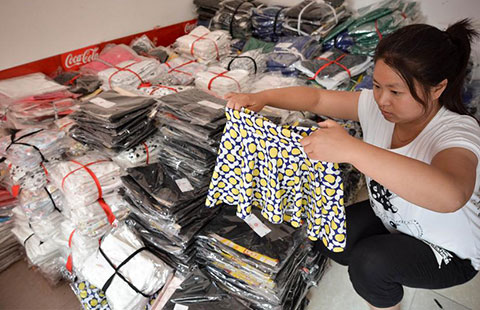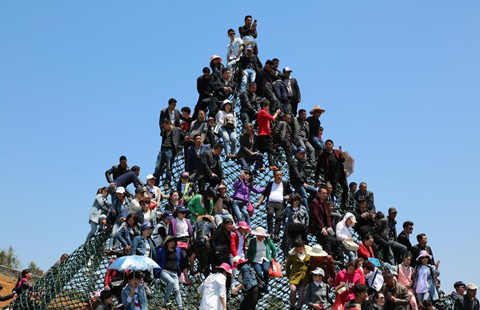
BEIJING - Absolute safety must be guaranteed as China considers diversifying its massive pension fund investments to bolster their value, the Ministry of Human Resources and Social Security (MHRSS) said Tuesday.
"The funding is used for retirees' daily lives and it cannot be jeopardized by big risks," MHRSS spokesman Li Zhong said at a press conference.
In China, urban employees pay for their pension before retirement and usually get a pension equal to about half of their previous salary.
Li said more than 2 trillion yuan ($327 billion) from the pension fund can be used for multifaceted investments.
An official draft guideline released Monday gave the greenlight to invest in new channels, including the stock market, but restricts the maximum proportion of investments in stocks and equities to 30 percent of total net assets.
The move comes amid concerns over the fund's low investment return in the past few years.
The 30-percent ceiling will not be reached in a short period of time and the key is the proper risk control, said Li. The fund will not handle its stock market investment directly, entrusting it to professional organizations.
Money in the fund, roughly 90 percent of the country's total social security fund pool, was previously only allowed to be deposited in banks or invested in treasury bonds, which plays an important role in safeguarding its safety, but the investment channels are relatively restricted, said Li.
The guideline stipulates that the fund can also be invested in the nation's big projects and key enterprise equities, but restricts the maximum proportion of such investments to 20 percent of total net assets.
"The fund is confronted with the challenges of diminishing value, and it is not conducive to its sustainable development. It is in urgent need of widening investment channels," he stressed.
The fund for retirees, which kicked off operation in the early 1990s, has aroused concerns as its annualized investment yield hovered as low as around 2 percent over the past several years, falling short of the consumer price index (CPI), a main gauge of inflation.
China's pension fund depreciated by nearly 100 billion yuan in the past 20 years taking inflation into account, said Zheng Bingwen, an expert from the Chinese Academy of Social Sciences.
"Now is good timing for the fund to embrace market-oriented and diversified investments," Li said, adding that China is faced with mounting challenges from an aging society.
The National Council for Social Security Fund (SSF), a social security strategic reserve for China's future aging population, played an exemplary role in enhancing its investment return, with its yearly ratio of return averaging 8.5 percent over the past 14 years as of 2014 and outpacing the CPI growth.
The SSF, with assets of 1.24 trillion yuan in 2014, has a bigger investment scope than the pension fund and is allowed to invest in domestic and overseas stocks as well as fixed income assets.
Unlike the SSF, the pension fund can only be allowed to invest in the domestic stock market, according to the guideline.








